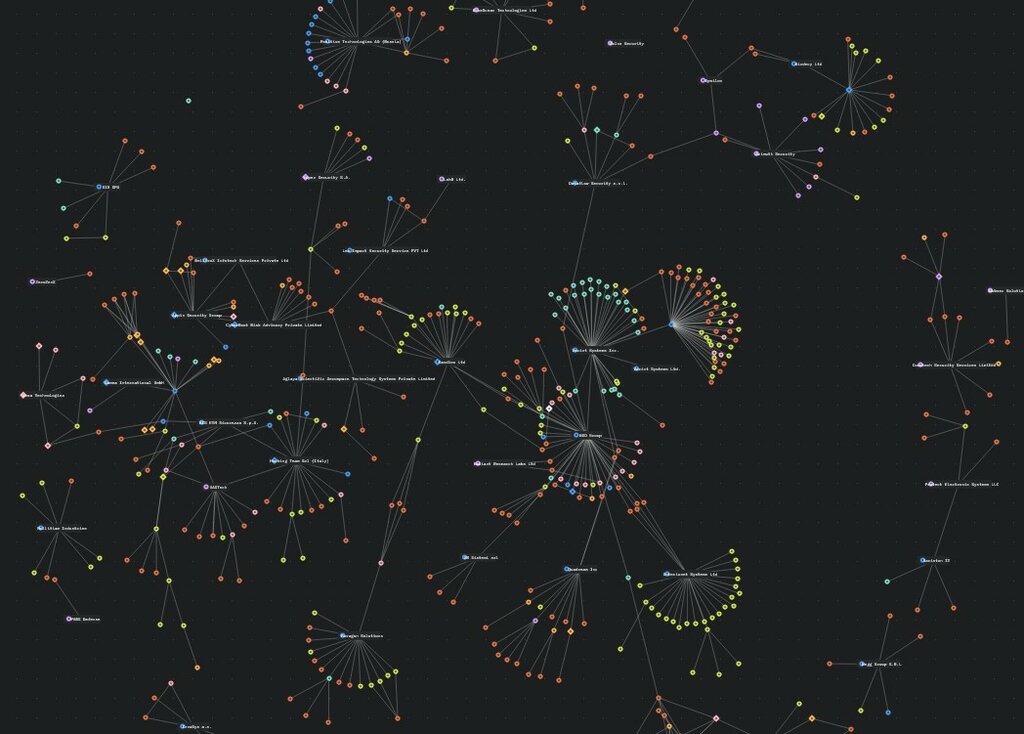Researchers from Queen Mary University of London have developed a new tool that could help GPs identify women at higher risk of ovarian cancer. Ovatools combines a blood test measuring CA125 protein levels with a patient's age to generate a personalised risk score.
The tool addresses a critical gap in early detection of ovarian cancer, which remains notoriously difficult to diagnose. A recent audit revealed that four in ten women with ovarian cancer in England and Wales are only diagnosed after their symptoms become so severe they require emergency hospital care.
The National Ovarian Cancer Audit found that significant numbers of women are diagnosed only after the disease has spread to other parts of the body. In England, 32% of cases were diagnosed at this advanced stage in 2022, while in Wales the figure was 24%.
Evidence supporting the new approach
Two studies published in the British Journal of Cancer assessed Ovatools' effectiveness and cost implications for the NHS. The first study analysed data from 340,000 women across England and concluded that the tool works particularly well for women over 50.
The second study found that Ovatools would be cost-effective for NHS implementation. Both studies were funded by Cancer Research UK and the National Institute for Health and Care Research.
Currently, GPs can offer the CA125 blood test to women with suspected ovarian cancer, but referrals for scans only happen if protein levels reach a specific threshold. Researchers argue that ovarian cancer risk varies with both age and blood test results, not just protein levels alone.
Expert endorsement and future implementation
Dr Garth Funston, clinical senior lecturer at Queen Mary University and study author, said: "CA125 is already widely used by GPs as a test in women with symptoms of possible ovarian cancer, such as persistent bloating or abdominal pain. By combining a woman's CA125 level and the age, Ovatools gives us a better indication of a woman's risk of having ovarian cancer."
Professor Danny McAuley, scientific director for NIHR Programmes, described the tool as bringing "real power into the hands of GPs". He added: "This is an important step forward in our quest to drive better outcomes for patients."
Dr Sarah Cook from Cancer Research UK acknowledged that identifying when to refer patients for further assessment remains challenging. She said: "While further research is needed to understand the impact in real-world settings, the emerging evidence is compelling - and it's crucial that the NHS is prepared to adopt and implement these kinds of innovations."
Sources used: "PA Media" Note: This article has been edited with the help of Artificial Intelligence.












